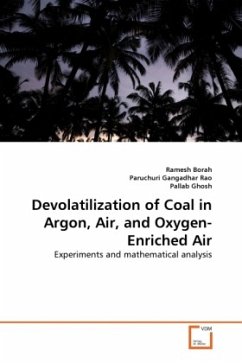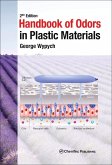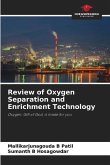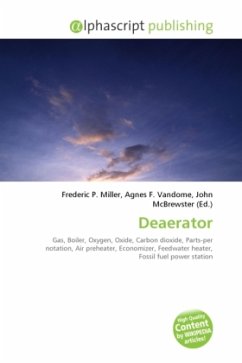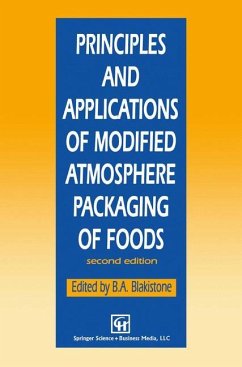Devolatilization is a significant step in fluidized bed combustion or gasification of coal. Oxygen-enriched air can increase the efficiency of any coal combustion process. In this work, devolatilization of five Indian coals having volatile matter in the range of 31 to 41% has been studied in argon, air and oxygen-enriched air (containing 30% oxygen) under fluidized bed conditions at 1123 K and atmospheric pressure. The diameter of the coal particles varied between 4 and 9.5 mm. Correlations of devolatilization time with particle diameter have been developed. A correlation for the variation of mass of coal particle with time during devolatilization has also been developed. The superficial gas velocity was found to have a significant effect on the rate of devolatilization. The devolatilization rate increased with the increase in the oxygen concentration in the fluidizing gas. The correlations developed in this study fitted the mass versus time profiles of single and multiple coal particles satisfactorily. This monograph will be useful to the researchers working on coal devolatilization. It will also help to design fluidized bed combustors.
Bitte wählen Sie Ihr Anliegen aus.
Rechnungen
Retourenschein anfordern
Bestellstatus
Storno

